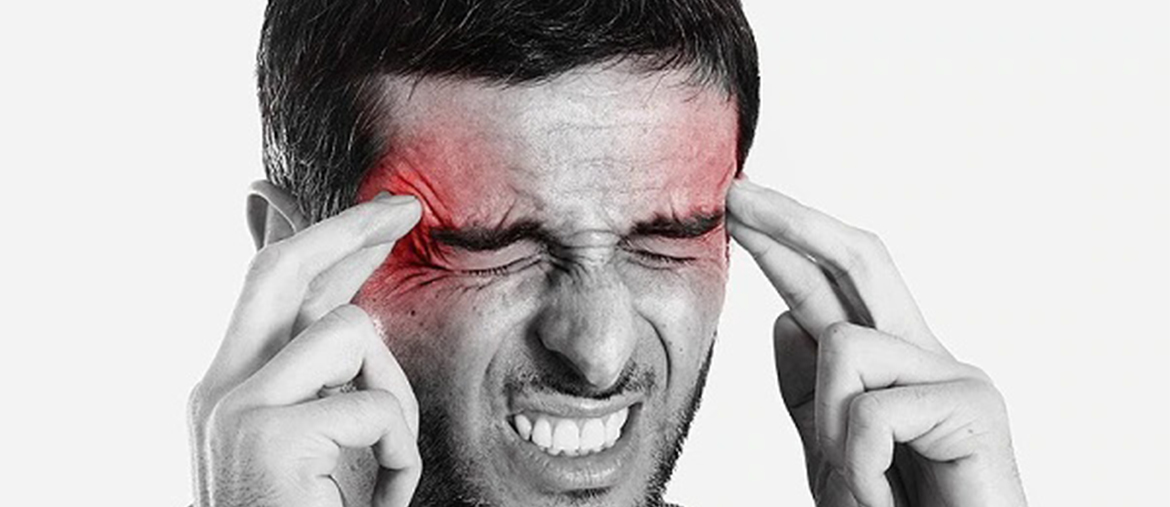Top Migraine Headaches Treatment Services in Plano, TX

Migraine Headaches
Most headaches fall into one of three categories, all of which have different characteristics.
- Migraine
- Tension-type headaches
- Cluster headaches
While headaches can be severe in some cases, the vast majority are not due to life-threatening disorders.
A typical migraine "attack" involves four phases: the prodrome, the aura, the headache (which may be accompanied by other symptoms), and the postdrome. The exact progression and symptoms differ from person to person.
Prodrome — Many people start having symptoms 24 to 48 hours before a migraine headache comes on. These may include increased yawning, depression, irritability, food cravings, constipation, and neck stiffness.
Aura — About 25 percent of people with migraines experience an "aura" before the headache. Aura symptoms may include flashing lights or bright spots, zigzag lines, changes in vision, or numbness or tingling in the fingers of one hand, lips, tongue, or lower face.
Aura symptoms typically last five to 20 minutes and rarely last more than 60 minutes. The headache typically occurs soon after the aura stops, although some people experience aura without a headache.
Headache — The pain of a migraine headache usually begins gradually, intensifies over one to several hours, and resolves gradually at the end of the attack
Migraine headaches may be aggravated by light, sneezing, straining, constant motion, moving the head rapidly, or physical activity.
Treatment depends upon the frequency, severity, and symptoms of your migraines.
Many people who experience regular migraines need both acute and preventive treatment:
- Acute treatment refers to medicines you can take when you have a migraine to relieve the pain immediately.
- Preventive treatment refers to medicines you can take on a regular (usually daily) basis to prevent migraines in the future.
